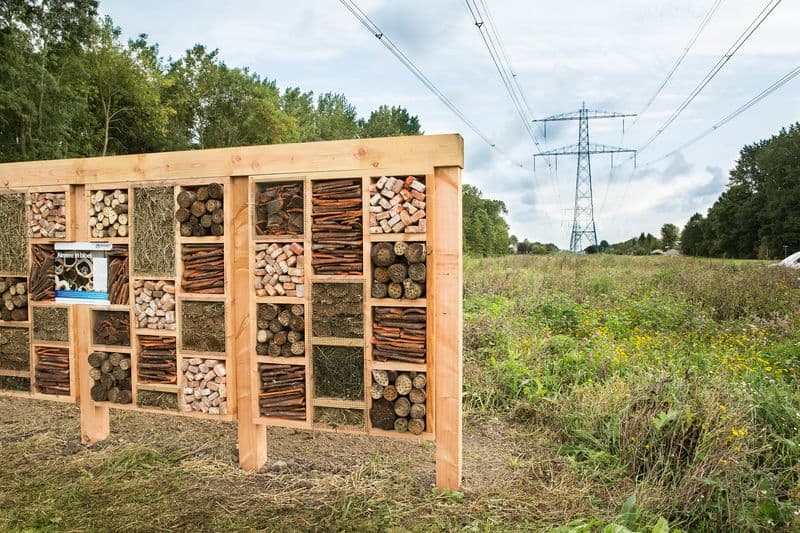
TenneT opts for significant reduction in greenhouse gases
TenneT brings electricity to 43 million users in the Netherlands and Germany. As a transmission system operator (TSO), we are and feel responsible for 25,000 kilometres of high-voltage lines and a green energy future for everyone. Our Climate Transition Plan now outlines the roadmap to that future. We take steps to substantially reduce our emissions of greenhouse gasses, for instance. In doing so, we keep an eye on safety and security of electricity supply.
Reading time
3 Minutes
Last updated
22/04/2024
CSR
The Climate Transition Plan explains how TenneT will bring its business activities in line with global climate targets in the coming years, thereby contributing to the goal of limiting global warming to no more than 1.5 degrees by 2050. Our climate plan is grounded in the Science Based Targets initiative (SBTi). This international 'gold standard' guarantees science-based and measurable targets that limit climate-damaging emissions.
Integration of green energy
By integrating more and more green energy into our high-voltage grid, we are making a substantial contribution to the carbon-neutral energy system of the future. This contribution is in line with European climate objectives up to 2050 and with Target Grid, TenneT's vision of a climate-neutral high-voltage grid in 2045. This includes maximum integration of green energy.
Direct and indirect emissions
Our ambition is to drastically reduce TenneT's emissions, both direct and indirect. We are replacing our fossil-fuel vehicles with electric vehicles. We purchase solar and wind power for use in our offices and install solar panels at our substations. We purchase electricity with guarantee of origin to compensate for energy losses in our grid.
Supply chain
Together with numerous contractors, subcontractors and suppliers, TenneT aims to significantly reduce harmful emissions throughout the entire supply chain. To this end, we have identified the lifespan of many technical components in our high-voltage grid, plus the impact on emissions when these components are replaced. In our procurement process, we then give urgency to environmentally friendly alternatives in phases. The first phase includes materials for pylons and high-voltage substations.
TenneT is explicitly taking social responsibility with the Climate Transition Plan. "It is not just another document," says Tennet CEO-Manon van Beek. "It is a promise to future generations that we are committed to leaving behind a world characterised by cleaner, more sustainable energy solutions. It is a promise to make informed choices." The plan further illustrates TenneT's reason for being: to connect everyone with a brighter energy future.
